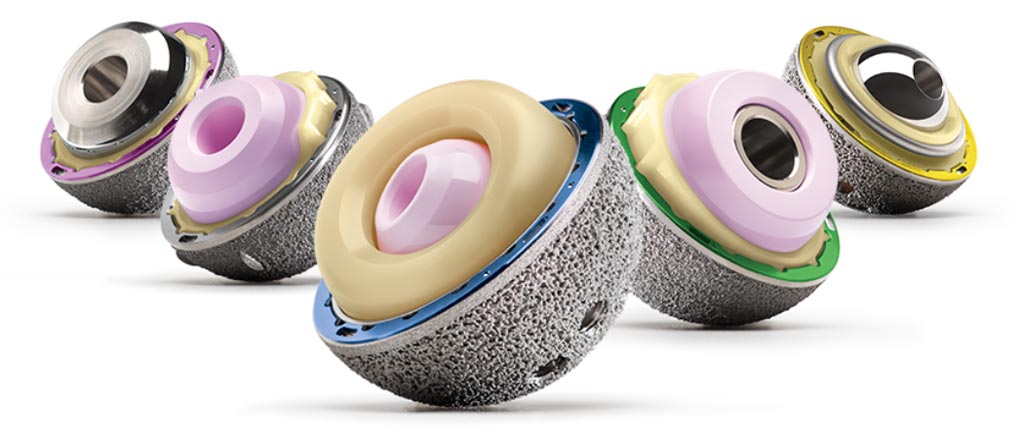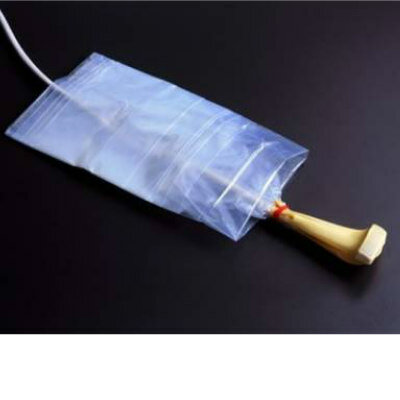Dual Mobility Hip Prostheses Lower Risk of Dislocation
By HospiMedica International staff writers
Posted on 28 Mar 2018
Dual mobility (DM) hip replacement recipients suffer no dislocations, compared to a 5% dislocation rate with traditional fixed bearing (FB) hip implants.Posted on 28 Mar 2018
Researchers at the Hospital for Special Surgery (HSS, New York, NY, USA) conducted a study in 272 patients younger than 55 years of age who underwent total hip arthroplasty (THA). A comparative analysis was then performed for 136 of the patients who received third-generation highly cross-linked polyethylene DM bearings, and for 136 patients who received FB implants. Mean age at time of surgery was 48.4 and 48.5 years, respectively, with no difference in gender distribution. Both prostheses were from the same manufacturer.

Image: Examples of dual mobility hip prostheses (Photo courtesy of Zimmer Biomet).
The results revealed there were no dislocations or intraprosthetic dissociations in the DM group, compared to seven (5.1%) dislocations in the FB group at mean follow-up of three years postoperatively. Two of the seven unstable patients (1.5% of the total cohort) in the traditional FB cohort underwent further revision surgery for their recurrent instability. The study was presented at the American Academy of Orthopaedic Surgeons (AAOS) annual meeting, held during March 2018 in New Orleans (LA, USA).
“Dual-mobility hip components provide an additional bearing surface. A large polyethylene plastic head fits inside a polished metal hip socket component, and an additional smaller metal or ceramic head is snap-fit within the polyethylene head,” said senior author Geoffrey Westrich, MD, of the HSS adult reconstruction and joint replacement service. “Total hip replacement is increasingly being performed in younger patients; the results of our study are encouraging for this active, high demand group of patients and may lessen concerns for dislocation.”
A hip replacement implant is a ball-and-socket mechanism, designed to simulate a human hip joint and mimic its movement. Typical components include a stem that inserts into the femur, a ball that replaces the head of the thighbone, and a shell that lines the hip socket. The concept of DM, which was originally developed in France in the 1970s, refers to the bearing surface of the implant; DM provide two areas of motion within the artificial socket, thus improving the range of movement and reducing the risk of dislocation.
Related Links:
Hospital for Special Surgery














